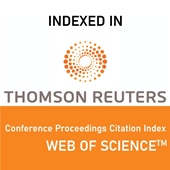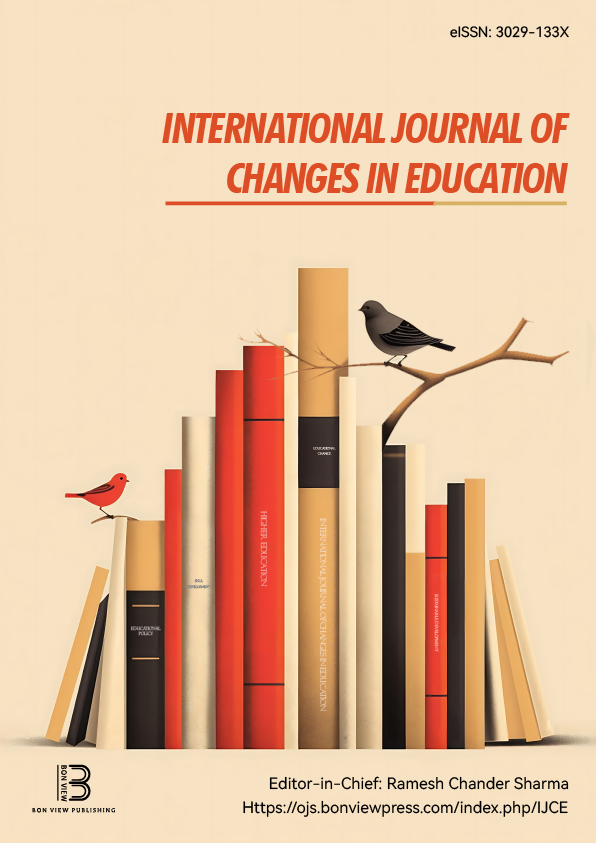Syllabuses
Gholamreza Nasiry, Islamic Azad University, Damavand Branch (Turkey)
Abstract
In order to provide a clearer picture of the structural syllabuses, one needs to know more about the evolution of syllabus design. There are two main classifications of syllabus types in the literature. Wilkins (1976) classifies syllabus types into “analytic” and “synthetic” syllabi. White (1988) further distinguishes between “Type A” and “Type B” syllabi. In contrast, Wilkins’ synthetic syllabus shares a great deal with White’s Type A classification. Wilkins (1976) uses the term “synthetic” to refer to such syllabi as: structural, lexical, notional, functional, and most situational and topical syllabi, in which acquisition is a process of gradual accumulation of separately taught parts, building up to the whole structure of the language. In short, synthetic syllabi can be illuminated in the following description of its basic tenets:
Synthetic syllabi rely on learner’s (assumed) ability to learn a language in parts (e.g. structures and functions) independently of one another, and also to integrate, or synthesise, the pieces when the time comes to use them for communicative purposes (Long & Crookes, 1991, p.28).
The structural syllabus can be classified as “synthetic” (Long & Crooks, 1991), and “Type A” (White, 1988).
 The Future of Education
The Future of Education

























